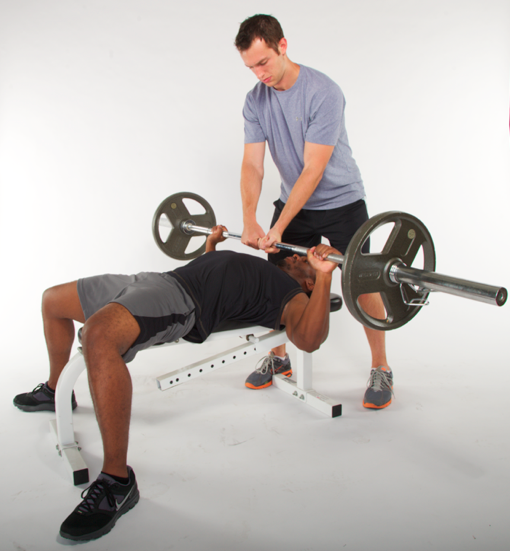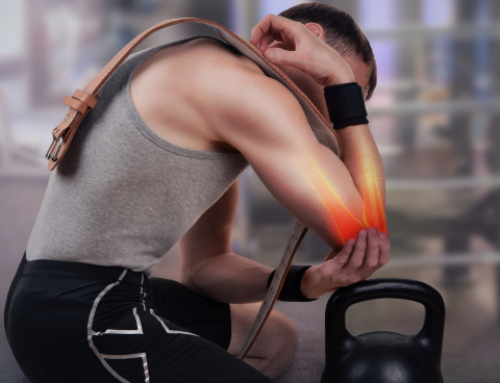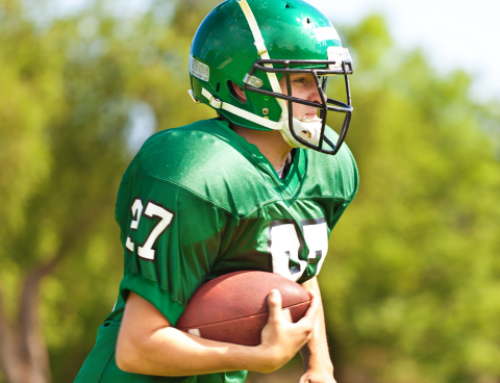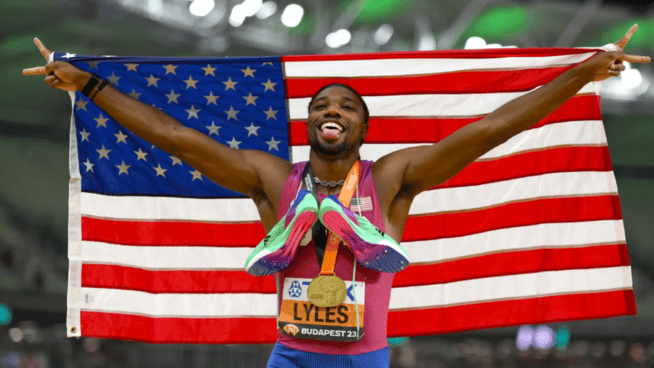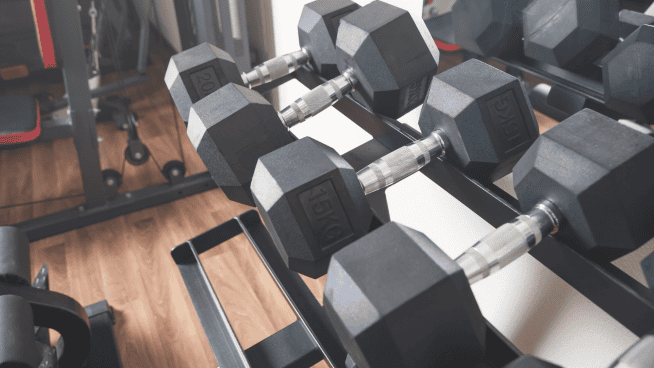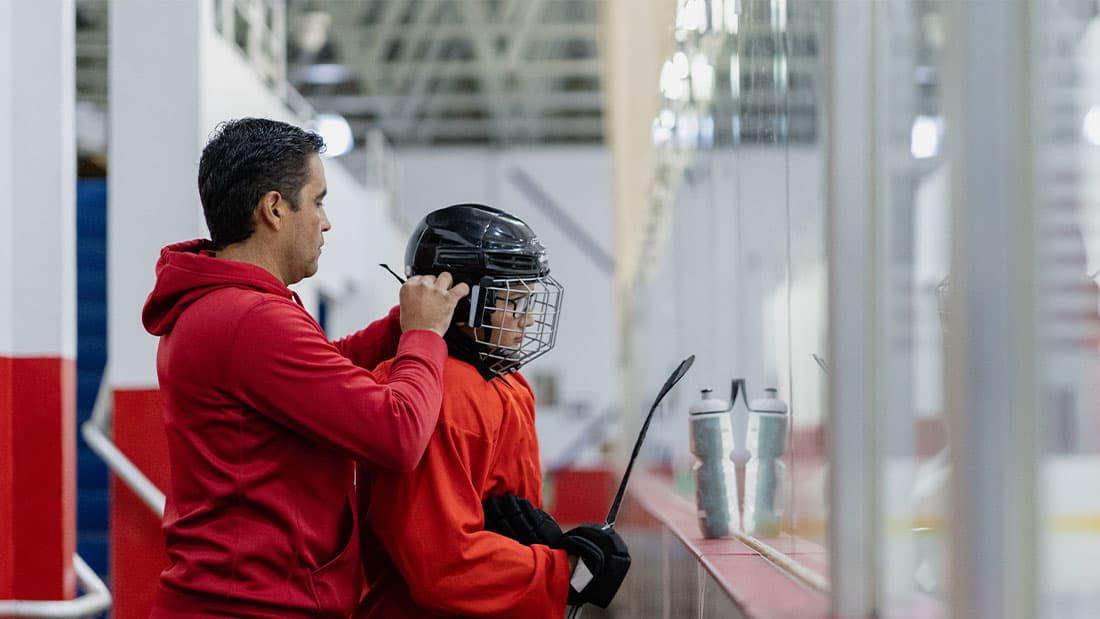Perfect Spotting Technique for Weight Room Safety, Part I
The goal of training is to get bigger, stronger and faster for improved athletic performance. It is completely counterproductive if you sustain an injury due to negligence in the weight room, which is why every athlete must understand the fundamentals of spotting technique. The example of Stafon Johnson, a former USC running back whose life was threatened when he accidentally dropped a 275-pound bar on his neck, should remind us that there’s no excuse for not helping a friend or a teammate with a timely spot.
Exercises That Require Spotting
If you wonder what exercises require a spot, the answer is simple: any exercise in which weight is supported by the trunk or placed over the head or face. This includes upper body exercises such as the Bench Press, Overhead Press and Skullcrushers—and lower body exercises such as Squats and Lunges.
Although explosive or power exercises like Olympic lifts fit the criteria, the fast movement of these exercises cannot be properly spotted without risking injury to both the weightlifter and spotter. Instead, create sufficient space around your workout area, and be prepared to drop the bar in the event of a failed rep. The bar might make a loud crashing noise (unless it has bumper plates), but that’s better than injuring yourself by trying to prevent it from falling.
Communication
To avoid accidents, the spotter and weightlifter must establish an understanding of how they will communicate during lifts. Take a lesson from Muskego (Wis.) High School head strength coach Mike Nitka, winner of the NSCA’s 2010 Strength for America award. Nitka developed a set of verbal cues that work well with his young athletes. Using the Bench Press as his example, he says, “Our spotter says ‘spotter ready’ when he has his hands on the bar; ‘spotter lift off on three’ before he counts down and fully releases the bar into the lifter’s hands; ‘lifter begin’ when his hands are out of the way; and ‘finished’ when he re-racks the bar.”
Technique
The spotter must be able to handle the weight with no help. If it’s too heavy for him, a second and third spotter should be used, each holding an end of the bar and following it through the lifter’s full motion.
A spotter must remain totally focused during the exercise. He can provide a rep count and offer words of encouragement to the lifter, but he must never get distracted or lose sight of the bar. If a lifter has difficulty completing a movement, the spotter should instantly provide enough help to allow completion. When a lifter signals that he is finished, the spotter should immediately remove and rack the bar.
For lower body exercises, the spotter should always help unrack and rack the weight, because those transitions are the most dangerous moments of an exercise. He should position himself behind the lifter with his arms in a ready position under the lifter’s armpits. Whether it’s a Squat or a Lunge, the spotter should follow the lifter through the full range of motion and always be ready to assist.
As a precautionary measure, perform lower body exercises in a squat rack, and set the safety bars at a height near the bottom of the movement.
Check back soon for Part II of this series, which will cover spotting technique for specific exercises.
Source: Training & Conditioning
Photos: Danny Vega
RECOMMENDED FOR YOU
MOST POPULAR
Perfect Spotting Technique for Weight Room Safety, Part I
The goal of training is to get bigger, stronger and faster for improved athletic performance. It is completely counterproductive if you sustain an injury due to negligence in the weight room, which is why every athlete must understand the fundamentals of spotting technique. The example of Stafon Johnson, a former USC running back whose life was threatened when he accidentally dropped a 275-pound bar on his neck, should remind us that there’s no excuse for not helping a friend or a teammate with a timely spot.
Exercises That Require Spotting
If you wonder what exercises require a spot, the answer is simple: any exercise in which weight is supported by the trunk or placed over the head or face. This includes upper body exercises such as the Bench Press, Overhead Press and Skullcrushers—and lower body exercises such as Squats and Lunges.
Although explosive or power exercises like Olympic lifts fit the criteria, the fast movement of these exercises cannot be properly spotted without risking injury to both the weightlifter and spotter. Instead, create sufficient space around your workout area, and be prepared to drop the bar in the event of a failed rep. The bar might make a loud crashing noise (unless it has bumper plates), but that’s better than injuring yourself by trying to prevent it from falling.
Communication
To avoid accidents, the spotter and weightlifter must establish an understanding of how they will communicate during lifts. Take a lesson from Muskego (Wis.) High School head strength coach Mike Nitka, winner of the NSCA’s 2010 Strength for America award. Nitka developed a set of verbal cues that work well with his young athletes. Using the Bench Press as his example, he says, “Our spotter says ‘spotter ready’ when he has his hands on the bar; ‘spotter lift off on three’ before he counts down and fully releases the bar into the lifter’s hands; ‘lifter begin’ when his hands are out of the way; and ‘finished’ when he re-racks the bar.”
Technique
The spotter must be able to handle the weight with no help. If it’s too heavy for him, a second and third spotter should be used, each holding an end of the bar and following it through the lifter’s full motion.
A spotter must remain totally focused during the exercise. He can provide a rep count and offer words of encouragement to the lifter, but he must never get distracted or lose sight of the bar. If a lifter has difficulty completing a movement, the spotter should instantly provide enough help to allow completion. When a lifter signals that he is finished, the spotter should immediately remove and rack the bar.
For lower body exercises, the spotter should always help unrack and rack the weight, because those transitions are the most dangerous moments of an exercise. He should position himself behind the lifter with his arms in a ready position under the lifter’s armpits. Whether it’s a Squat or a Lunge, the spotter should follow the lifter through the full range of motion and always be ready to assist.
As a precautionary measure, perform lower body exercises in a squat rack, and set the safety bars at a height near the bottom of the movement.
Check back soon for Part II of this series, which will cover spotting technique for specific exercises.
Source: Training & Conditioning
Photos: Danny Vega

